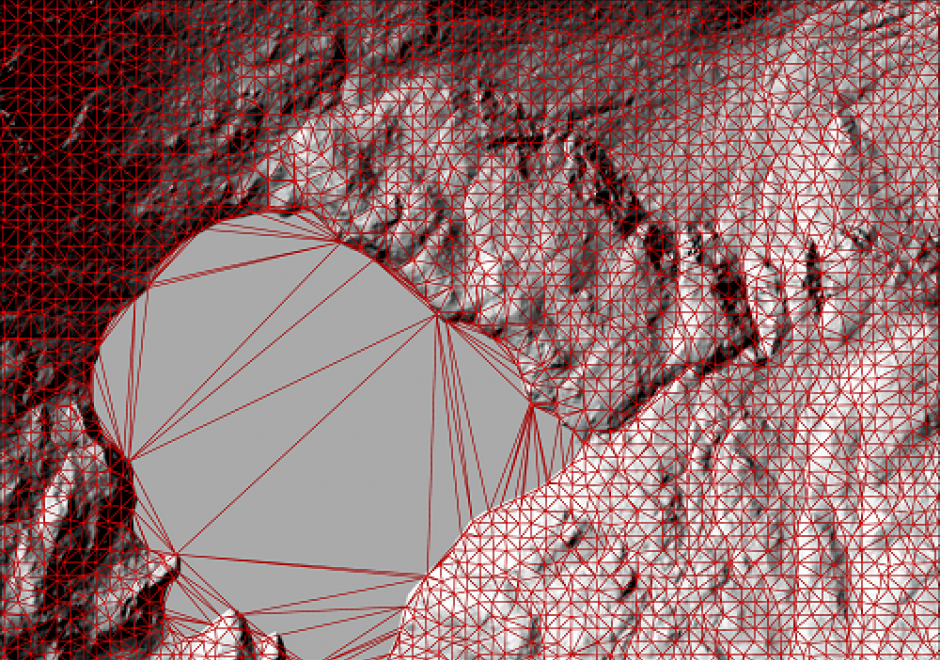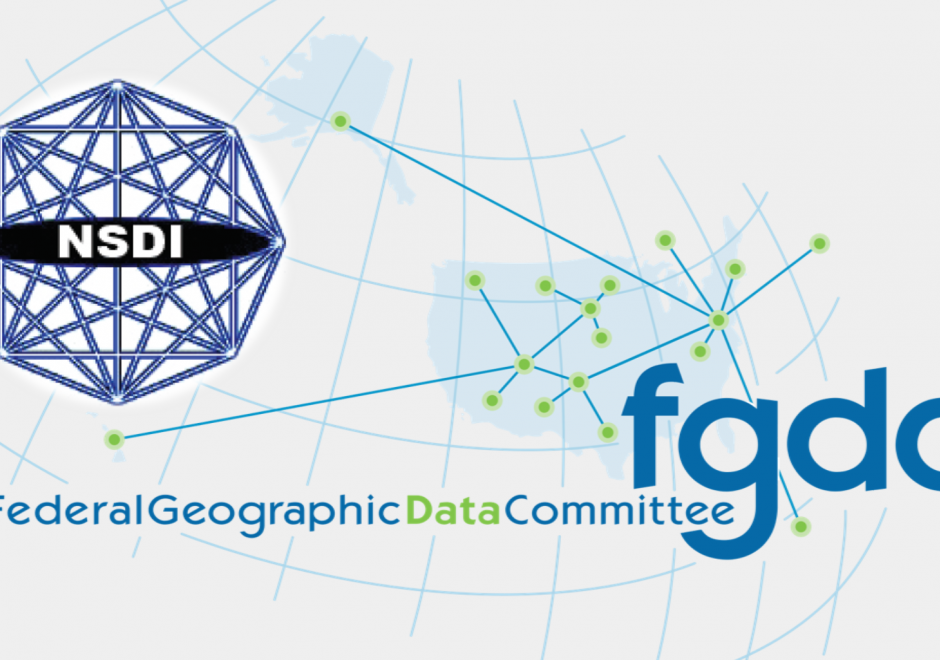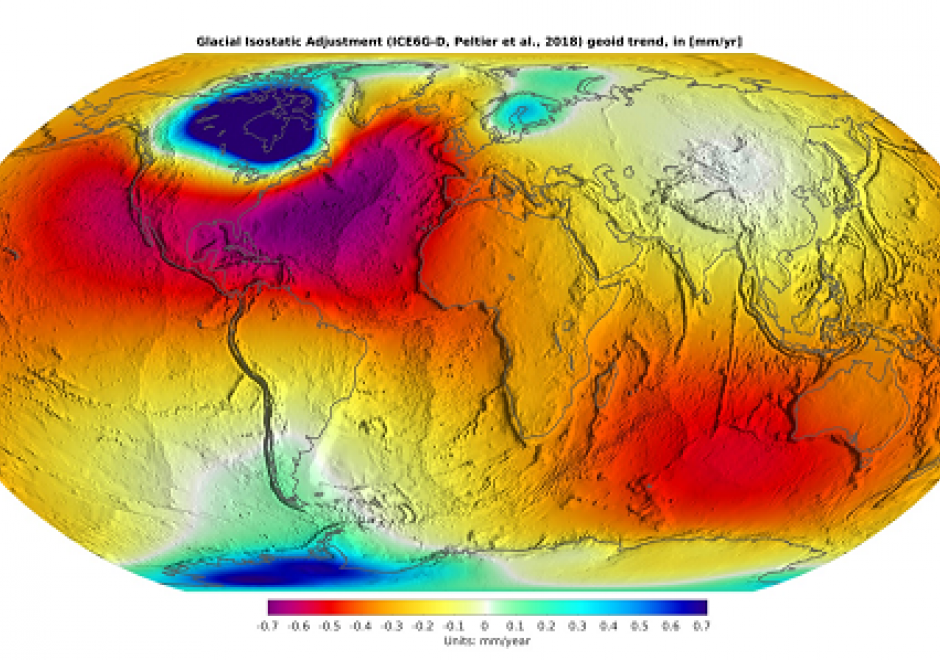DM-13 - The topological model

- Define terms related to topology (e.g., adjacency, connectivity, overlap, intersect, logical consistency)
- Describe the integrity constraints of integrated topological models (e.g., POLYVRT)
- Discuss the historical roots of the Census Bureau’s creation of GBF/DIME as the foundation for the development of topological data structures
- Explain why integrated topological models have lost favor in commercial GIS software
- Evaluate the positive and negative impacts of the shift from integrated topological models
- Discuss the role of graph theory in topological structures
- Exemplify the concept of planar enforcement (e.g., TIN triangles)
- Demonstrate how a topological structure can be represented in a relational database structure
- Explain the advantages and disadvantages of topological data models
- Illustrate a topological relation




DM-07 - The Raster Data Model
The raster data model is a widely used method of storing geographic data. The model most commonly takes the form of a grid-like structure that holds values at regularly spaced intervals over the extent of the raster. Rasters are especially well suited for storing continuous data such as temperature and elevation values, but can hold discrete and categorical data such as land use as well. The resolution of a raster is given in linear units (e.g., meters) or angular units (e.g., one arc second) and defines the extent along one side of the grid cell. High (or fine) resolution rasters have comparatively closer spacing and more grid cells than low (or coarse) resolution rasters, and require relatively more memory to store. Active research in the domain is oriented toward improving compression schemes and implementation for alternative cell shapes (such as hexagons), and better supporting multi-resolution raster storage and analysis functions.